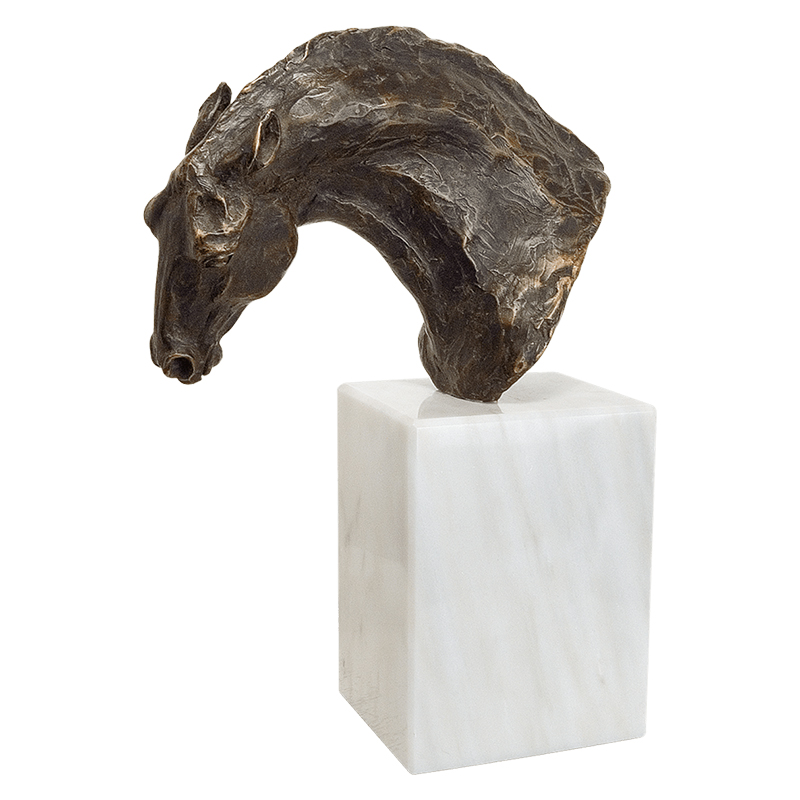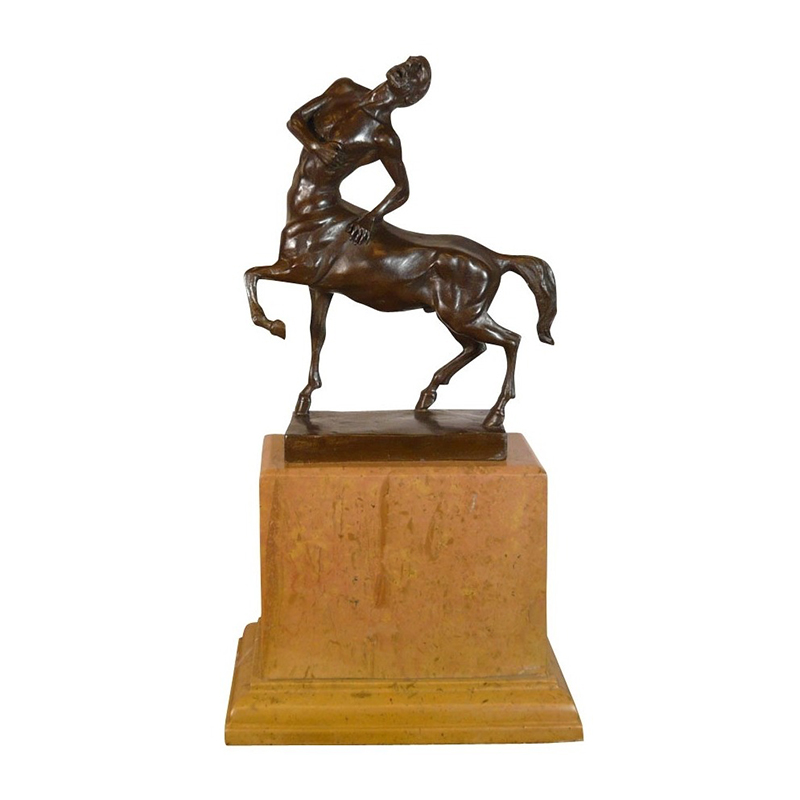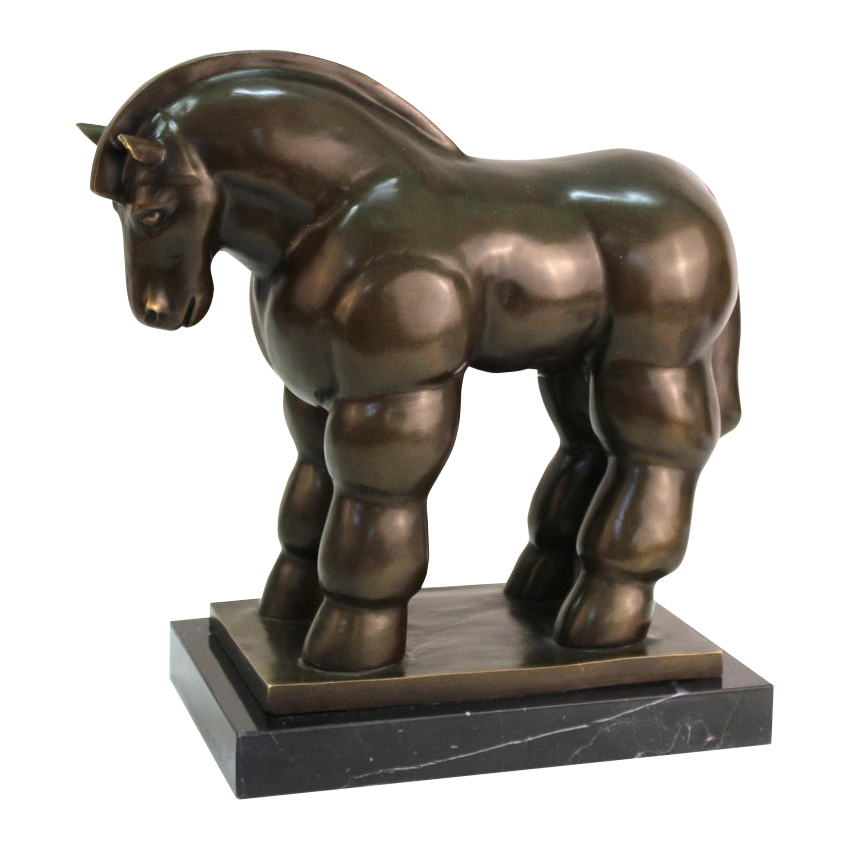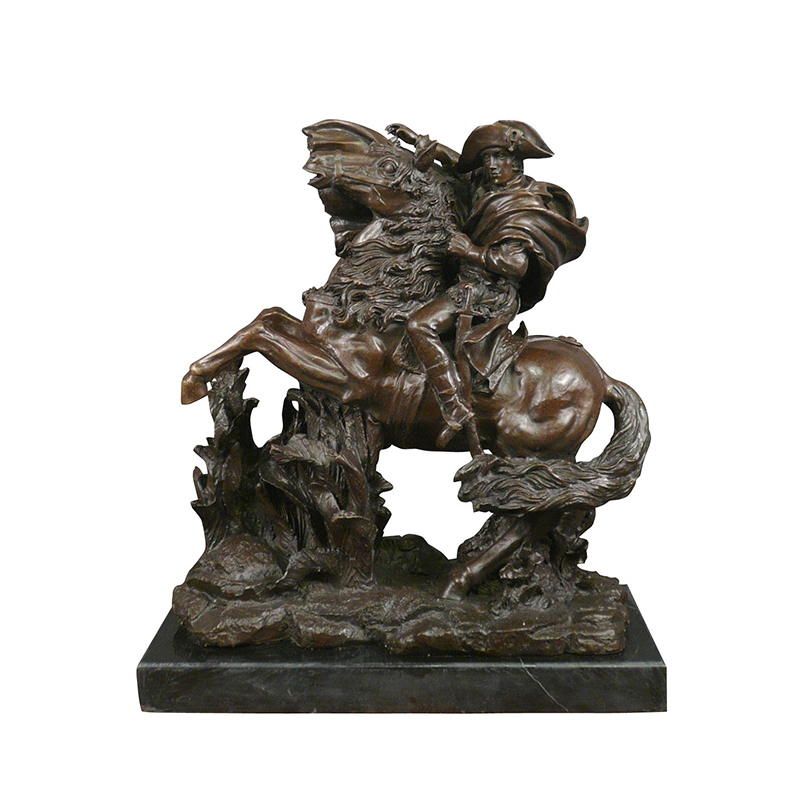What does Hinduism say if both legs of a horse statue are up?
What does Hinduism say if both legs of a horse statue are up? In Hinduism, the horse posture has important symbolic significance in sculpture and art. A horse is usually sculpted in three different postures: both front legs raised, one front leg raised, or neither front leg raised. Each gesture conveys different meanings and symbols.
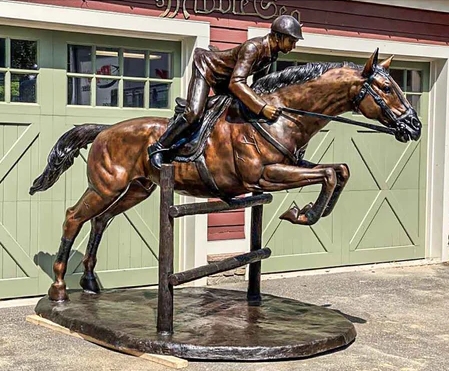
When a sculpture of a horse has both front legs raised, the gesture is known as vimika, which means "to soar" in Sanskrit. This gesture represents victory, success and joy. It is believed that this horse can conquer enemies on the battlefield and bring victory and glory to its owner. Therefore, this gesture is often used to express wishes and prayers for success and victory.
In Hindu tradition, the horse is also regarded as the vehicle of Vishnu. Vishnu is one of the main gods in Hinduism and represents the power of protection and guardianship. Therefore, when a sculpture of a horse adopts the Vimika pose, it can also be seen as a tribute and prayer to Vishnu, hoping that he will bless and protect the devotees.
In addition, the horse in the Vimika posture is also often depicted in Indian art as an image carrying a chariot. It is a symbol of ancient Indian war and represents courage, strength and war skills. Therefore, sculptures of this posture are also often associated with the spirit of war and adventure.
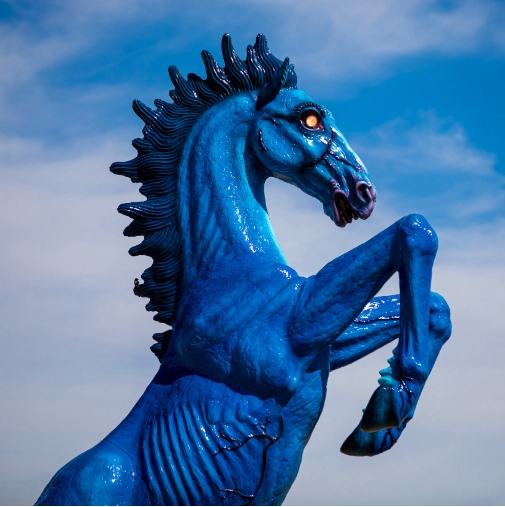
What does Hinduism say if both legs of a horse statue are up? Generally speaking, in Hinduism, horse sculptures are an important religious and cultural symbol, and the posture of the horse with both front legs raised represents victory, success and joy. Sculptures in this posture are often used to express believers' prayers and wishes to the gods, hoping for blessings and protection, as well as the power to achieve victory and success.
